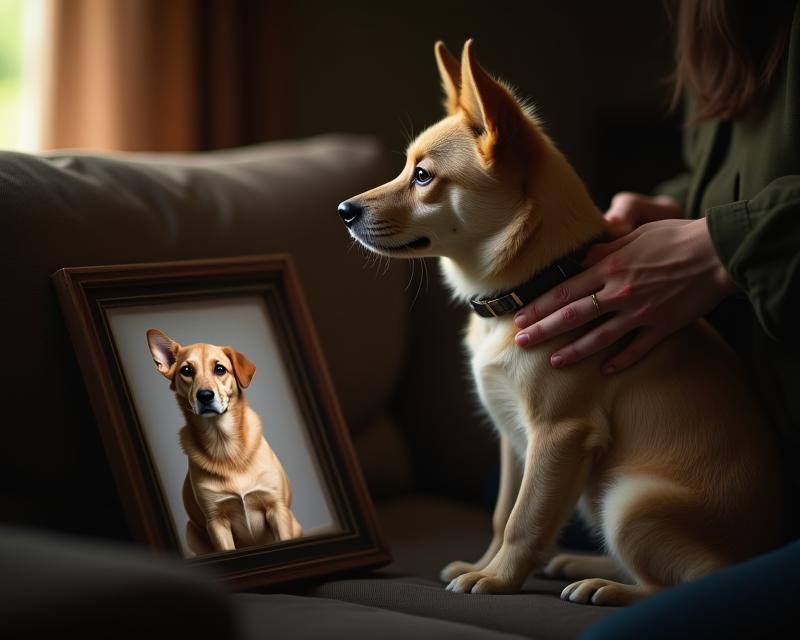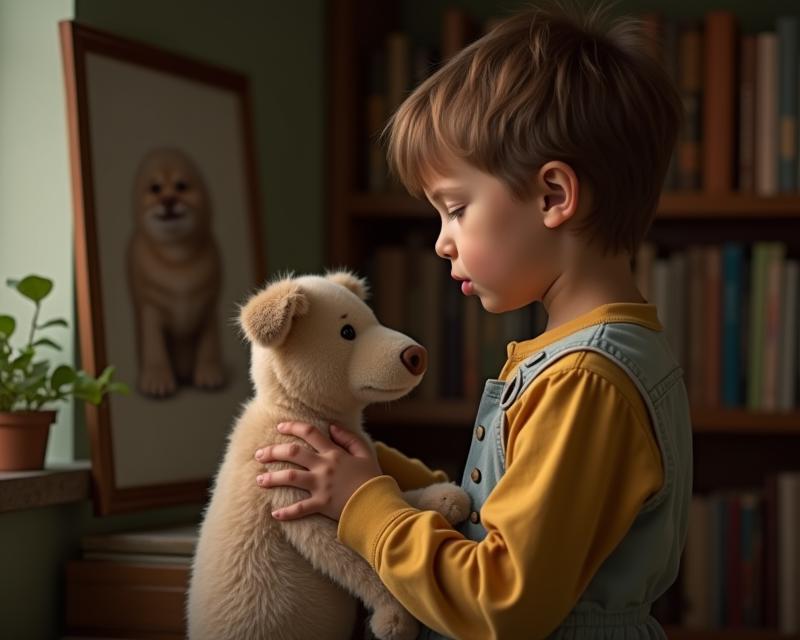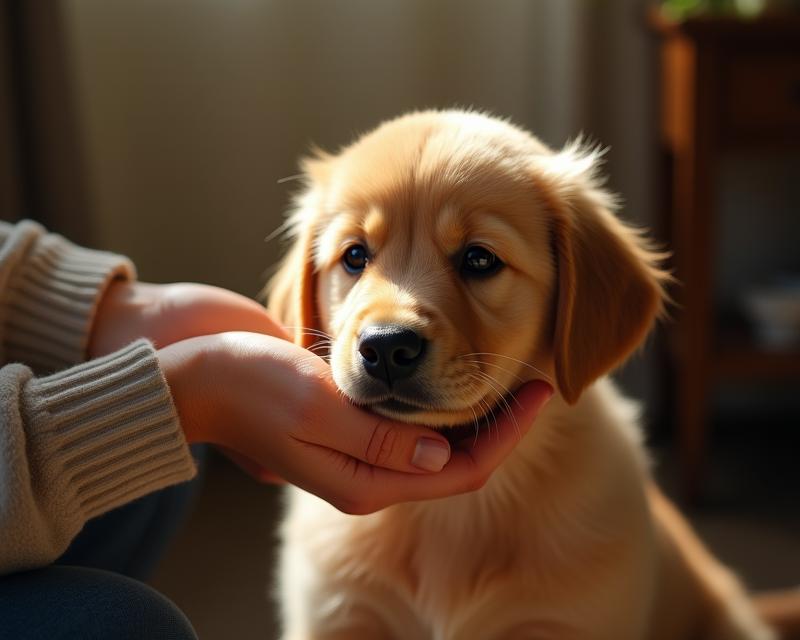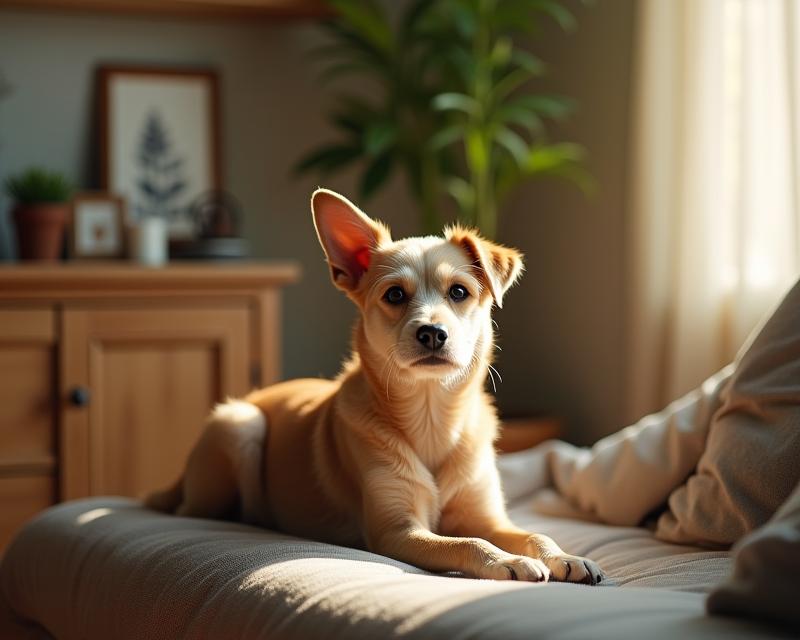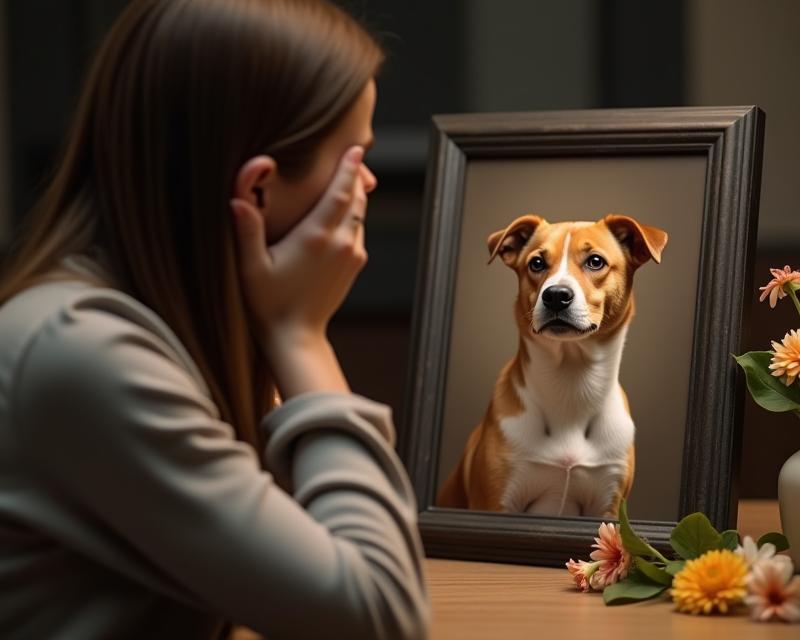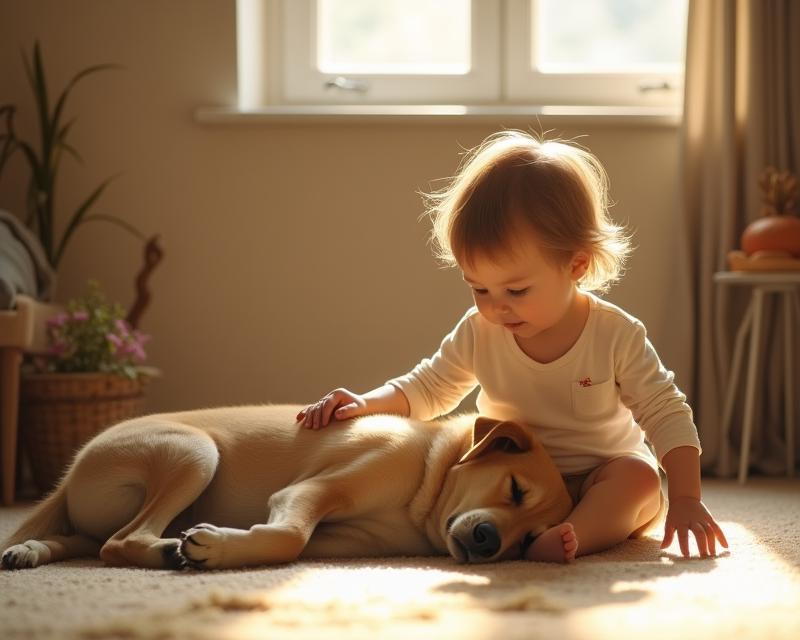Bored Pup? Why Furniture Gets Chewed (and What to Do!)
Publish in General Care el 28/06/2025 19:27
Why is My Dog Chewing the Furniture?
Is your furry friend suddenly developing a taste for your sofa legs? Don't worry, you're not alone! Furniture chewing is a surprisingly common problem in dogs, and it's often a sign that something's missing from their lives. While puppies explore the world with their mouths, chewing is usually a normal part of development. However, persistent chewing in adult dogs usually points to a deeper issue than just teething.
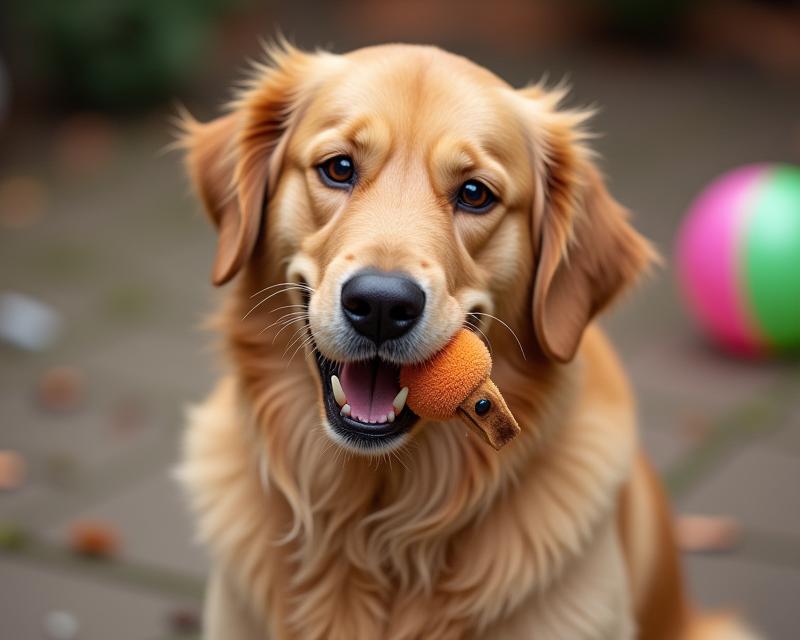
Boredom: The Number One Culprit
The most frequent reason adult dogs chew furniture is simply **boredom**. Dogs are intelligent creatures who need mental and physical stimulation. If they aren't getting enough exercise, playtime, or engaging activities, they'll find ways to entertain themselves – and unfortunately, that often involves your belongings! Think of it like this: a bored dog is a dog looking for something to *do*. The furniture becomes a convenient outlet for pent-up energy and frustration.
Hamster Balls & Enrichment: A Double-Edged Sword?
You mentioned your hamster ball! While hamster balls can be a fun way for dogs to get some exercise and explore, they can also contribute to boredom if not used correctly. A short burst of activity in a hamster ball isn't always enough to satisfy a dog's need for physical and mental exertion. It's a novel experience, but it doesn't replace a good walk, a game of fetch, or interactive playtime. Plus, the novelty wears off quickly, leaving your dog wanting more stimulation.
What Can You Do?
Fortunately, there are plenty of things you can do to combat furniture chewing! First, ensure your dog is getting adequate exercise – at least 30-60 minutes of brisk walking or running daily, depending on their breed and energy level. Next, provide plenty of engaging toys, including puzzle toys that dispense treats, chew toys of various textures, and interactive games. Consider incorporating training sessions to mentally challenge your dog. If boredom is the primary issue, a dog walker or doggy daycare a few times a week can be a lifesaver. Finally, make sure your dog has appropriate outlets for chewing – offer a variety of safe and durable chew toys. And remember, positive reinforcement is key! Reward your dog when they choose to chew on their toys instead of the furniture. If the chewing is severe or you suspect anxiety, consult with your veterinarian or a certified professional dog trainer.
- Increase Exercise: Daily walks, runs, or playtime.
- Provide Enrichment: Puzzle toys, chew toys, and interactive games.
- Mental Stimulation: Training sessions and new tricks.
- Professional Help: Consult a vet or trainer if needed.
